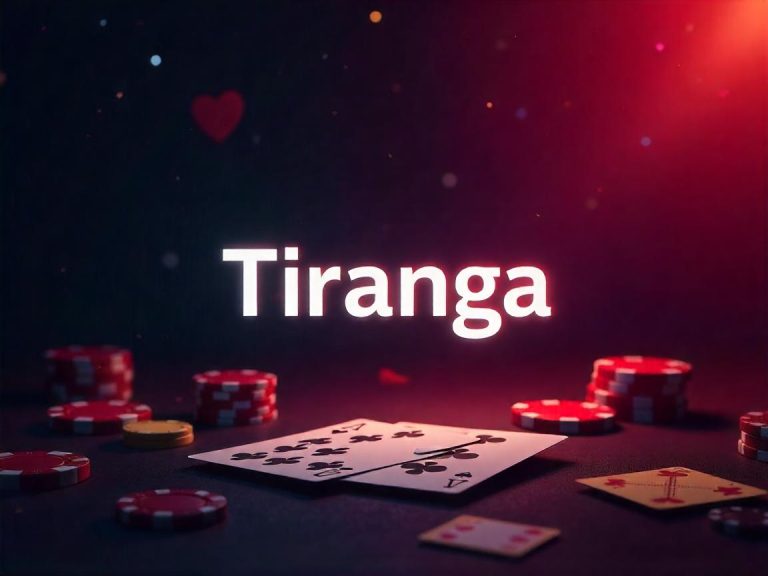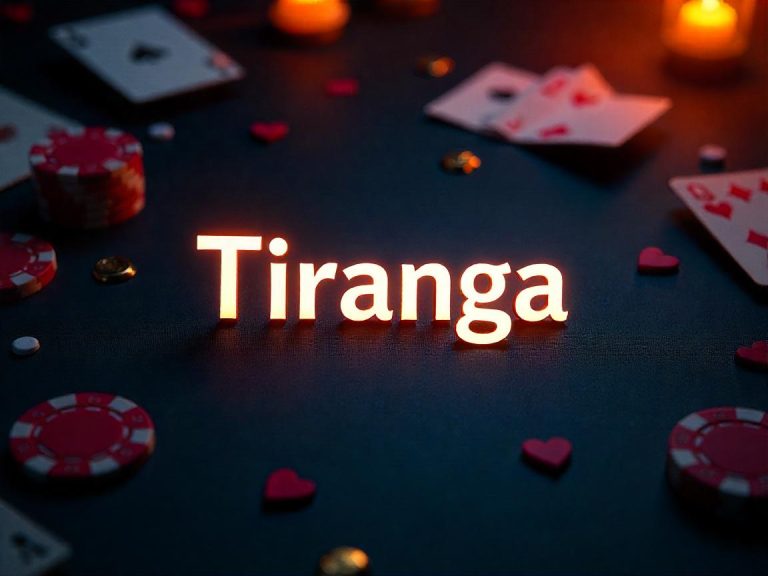
Daman Hack’s Overview
An algorithm that supposedly attempts to predict colors using mathematics is quite literally trending and is referred to as Daman Hack. Its popularity is questionable, and the question arises if it is indeed effective. This write-up aims to uncover that mystery by analyzing its challenges through the lens of probability and mathematics.
What’s Probability: Does Prediction Work
Every existing game that works on ‘predicted’ colors operates on a set of principles: Rules of {A, B, C, D}.
- Take wagers for colors like red, green, and blue.
- There is a wheel where a needle rotates and lands on any of the offered colors.
- In this game, an unexpected result is sought after; for instance, a zero-sum result in their math.
- It should be low priority to find out if such by chance does occur.
Learning Probability: Definition for Academic Work
Defining what probability means needs asking how likely someone is to do mathematical exercises that require guessing.
There is a 50% probability of getting a head and a tail when tossing a coin. Examples emphasize such cases additionally appearing in jackpots.
Now, picture a color game with three types of colors:
- Red (40% chance)
- Green (40% chance)
- Blue (20% chance)
If red appears five times in a row, does that mean green is “due” next? Not quite! Each spin is independent – previous results do not alter future odds.
The Gambler’s Fallacy: Explanation of Why Results Do not Matter
Everyone falls for the Gambler’s Fallacy: believing that if something happens more often, then it has to happen less later, “the law of averages.”
Example:
- Let’s assume red comes up 10 times in a row. Some “intelligent” gambler considers the fact that green is “due.”
- With the numbers still not changing, they are 40% red, 40% green, and 20% blue.
The Daman Hack usually blunders people into assuming there is some kind of a pattern when it in fact is just luck.
Can Math Truly Predict Colors?
More complex: Another way to look at it is that probability can offer useful understanding of the odds at stake, but never winning guarantees. Here’s why:
- Randomness rules – Gaming odds guarantee all results are independent unless it’s rigged.
- No true repeating pattern – Repetition of color variety is chance, not cause.
- House edge – Many games favor the house which means players lose consistently over time.
The Daman Hack Tricks Claim to Use Winning Strategy
Some use the misleading Daman Hack winning strategy that says:
- Martingale Strategy – Doubling the bets after every loss (dangerous).
- Pattern Tracking – Searching for trends (typically unproductive).
But these don’t change the odds. The only sure thing? The game is tailor-made for the casino to come out on top.
Is it Wise to Place your Trust on the Daman Hack?
The Daman Hack does look brilliant, but mathematics would argue that it is in large part chance. Probability allows calculating a lot in gambling, but winning is not among them. Always make sure to use legit site to be safe.
Key takeaways:
- Probability delineates realms of possibility, but does not forecast results.
- Gambler’s fallacy exposes victims to illusory traps of repeating events preceding infallible conclusions.
- Most betting plans become self-fulfilling prophecies that lead deeper and deeper into financial ruin.
Instead of focusing on elusive loopholes built around betting systems, we recommend colorful games for what they truly are: online entertainment, not a source of income. Pure randomness defies even the most robust calculations.

What are your thoughts? Would you give the Daman Hack a try? Let us know in the comments below!
For more interesting topics like this, click here: https://rapidreporters.top/



